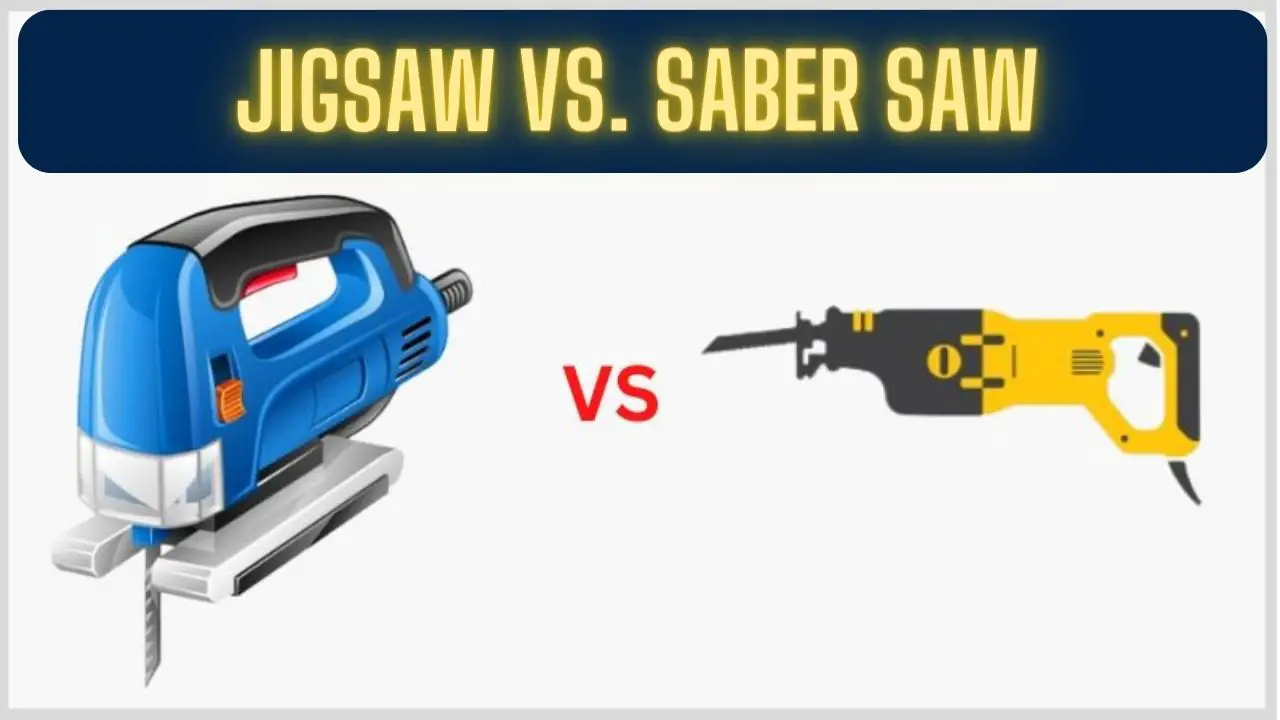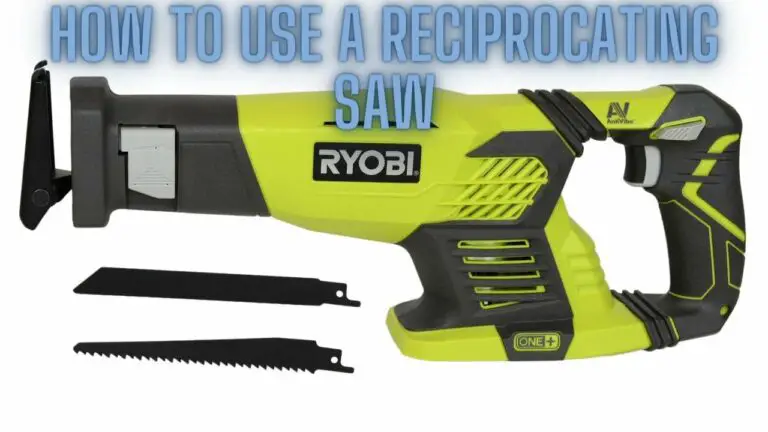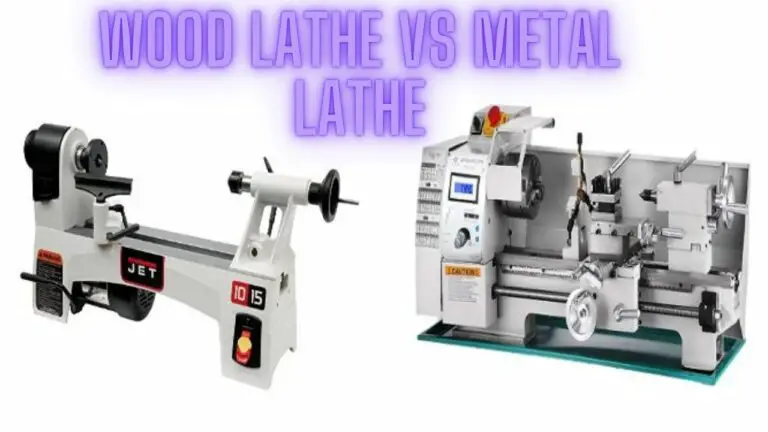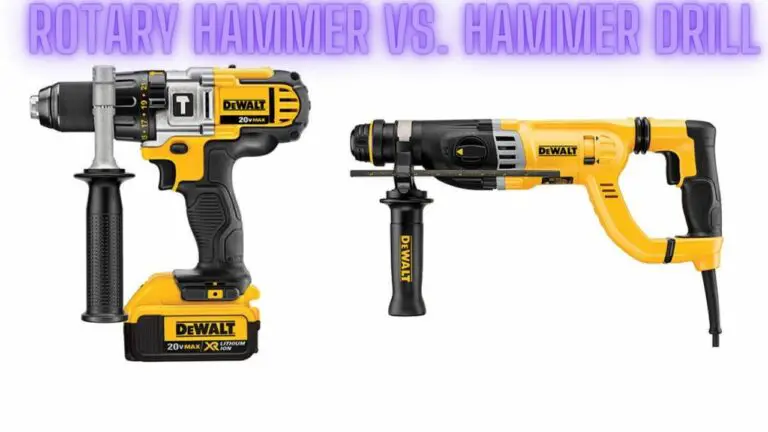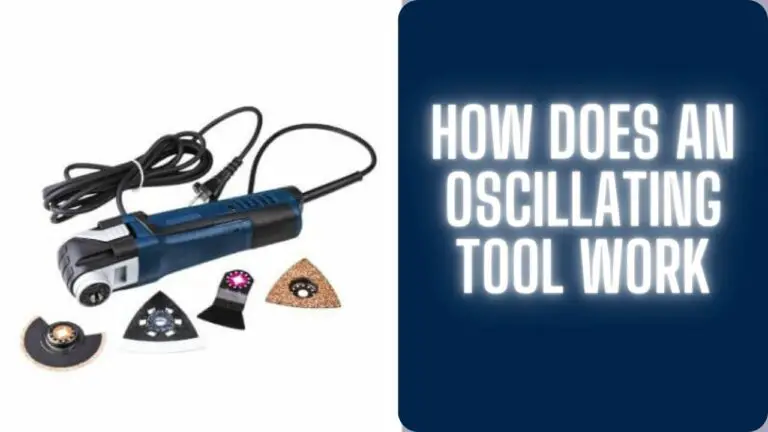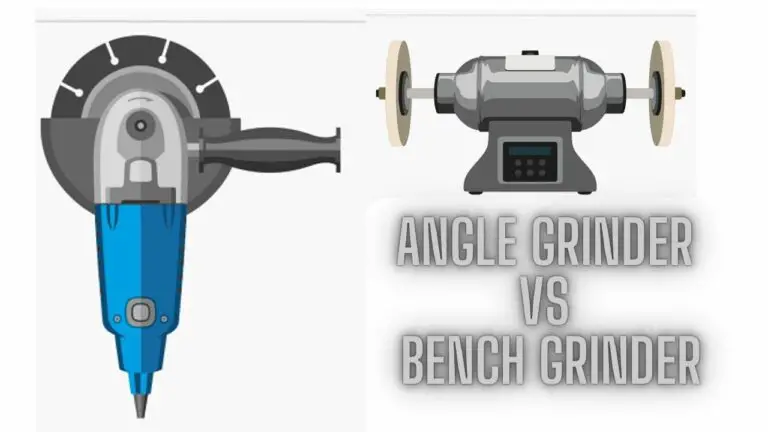Jigsaw vs. Saber Saw: Choosing the Right Tool for Your Cutting Needs
Introduction
Jigsaws and saber saws, often referred to as reciprocating saws, are versatile power tools designed for cutting a variety of materials. While they share some similarities, they also have distinct features and use cases. Let’s explore the differences between jigsaws and saber saws to help you choose the right tool for your cutting needs.
Jigsaw:
1. Cutting Style:
- Jigsaws are versatile cutting tools capable of making straight, curved, and intricate cuts. They excel at detailed woodworking, such as crafting, scrollwork, and cutting curves in plywood.
2. Blade Type:
- Jigsaws use thin, narrow blades with fine teeth designed for precision cutting. Blades are interchangeable, allowing you to choose the appropriate blade for the material and task.
3. Accuracy and Precision:
- Jigsaws offer excellent accuracy when making intricate or curved cuts. They are ideal for creating detailed shapes and designs in various materials.
4. Bevel Cuts:
- Many jigsaws can make bevel cuts, tilting the blade at an angle for tasks like cutting beveled edges or chamfering.
5. Orbital Action:
- Some jigsaws feature orbital action, which moves the blade in an elliptical pattern. This enhances cutting speed but may reduce precision compared to straight reciprocating action.
6. Best Use Cases:
- Ideal for woodworking projects that involve curved cuts, detailed designs, and intricate patterns.
- Suitable for cutting plywood, MDF, plastic, and thin metal sheets.
Saber Saw (Reciprocating Saw):
1. Cutting Style:
- Saber saws, or reciprocating saws, are designed for aggressive and straight-line cutting. They are well-suited for demolition and rough cutting tasks.
2. Blade Type:
- Saber saw blades are thick and sturdy, designed for cutting through tough materials like wood, metal, plastic, and even masonry. Blades are interchangeable for different materials.
3. Accuracy and Precision:
- While saber saws are powerful, they may not provide the same level of precision and detail as jigsaws, especially for intricate or curved cuts.
4. Cutting Speed:
- Saber saws are known for their cutting speed and efficiency when tackling tough materials, making them suitable for demolition and construction work.
5. Reciprocating Action:
- Saber saws feature a straight reciprocating action, which provides stability and control during straight-line cuts.
6. Best Use Cases:
- Ideal for heavy-duty tasks such as cutting through lumber, pipes, nails, and performing demolition work.
- Suitable for cutting metal pipes, tree branches, and making rough cuts in construction materials.
Jigsaw vs. Saber Saw: Key Differences
Jigsaws and saber saws (also known as reciprocating saws) are both versatile cutting tools, but they have distinct differences in terms of their design, cutting capabilities, and typical use cases. Here are the key differences between jigsaws and saber saws:
1. Cutting Style:
- Jigsaw:
- Jigsaws are designed for precision cutting, particularly for making curved and intricate cuts.
- They excel at cutting shapes and patterns in wood, plywood, plastic, and thin metal sheets.
- Jigsaws are not optimized for aggressive, straight-line cutting.
- Saber Saw (Reciprocating Saw):
- Saber saws are built for aggressive and straight-line cutting, making them suitable for rough and demolition work.
- They are less precise than jigsaws and are better suited for making straight cuts through a variety of materials.
2. Blade Type:
- Jigsaw:
- Jigsaws use thin, narrow blades with fine teeth designed for precision and intricate work.
- Blade types can vary for different materials and cutting tasks, such as wood, metal, and plastics.
- Saber Saw:
- Saber saw blades are thick and sturdy, designed for cutting through tough materials like wood, metal, plastic, and even masonry.
- Blade types are available for different materials and applications, including metal-cutting and wood-cutting blades.
3. Cutting Precision:
- Jigsaw:
- Jigsaws are known for their ability to provide high cutting precision and accuracy, especially for curved and detailed cuts.
- They are ideal for tasks that require intricate designs and contours.
- Saber Saw:
- Saber saws are less precise than jigsaws and are better suited for making rough or straight-line cuts.
- They excel at demolition work and cutting through materials quickly.
4. Cutting Speed:
- Jigsaw:
- Jigsaws are designed for controlled and deliberate cutting. While they offer precision, they are not as fast as saber saws for rough cuts.
- Saber Saw:
- Saber saws are known for their cutting speed and efficiency, making them ideal for demolition and rough cutting tasks where speed is essential.
5. Reciprocating Action:
- Jigsaw:
- Jigsaws have a reciprocating action, which means the blade moves up and down in a straight-line motion.
- Saber Saw:
- Saber saws also have a reciprocating action, but they are optimized for straight-line cutting and demolition.
6. Bevel Cuts:
- Jigsaw:
- Many jigsaws have the capability to make bevel cuts by tilting the blade at an angle. This allows for cutting beveled edges or chamfering.
- Saber Saw:
- Saber saws are generally used for straight cuts and do not typically offer bevel cutting capabilities.
7. Typical Use Cases:
- Jigsaw:
- Ideal for woodworking projects that involve curved cuts, detailed designs, and intricate patterns.
- Suitable for cutting plywood, MDF, plastic, and thin metal sheets.
- Saber Saw:
- Ideal for heavy-duty tasks such as cutting through lumber, pipes, nails, and performing demolition work.
- Suitable for cutting metal pipes, tree branches, and making rough cuts in construction materials.
8. Portability and Size:
- Jigsaw:
- Jigsaws are generally more compact and maneuverable, making them suitable for smaller workspaces and intricate work.
- Saber Saw:
- Saber saws can be bulkier and heavier, which can make them less suitable for tight spaces but more robust for heavy-duty applications.
When deciding between a jigsaw and a saber saw, consider your specific cutting needs, materials, and the level of precision required for your projects. Both tools have their place in woodworking and construction, and having both can greatly expand your capabilities for various tasks.
Factors to Consider When Choosing Between Jigsaw and Saber Saw
When deciding between a jigsaw and a saber saw (reciprocating saw), several factors should be considered to determine which tool best suits your cutting needs. Here are some key factors to consider:
- Cutting Accuracy and Precision:
- Jigsaws are typically more precise and offer finer control for detailed cuts, making them ideal for cutting curves, circles, and intricate shapes in various materials such as wood, metal, and plastic. Saber saws, on the other hand, are designed for rough cutting and demolition work, providing less precision but greater speed and power.
- Cutting Depth and Versatility:
- Jigsaws have a limited cutting depth and are primarily used for making cuts in thin materials such as plywood, paneling, and trim. They excel at cutting curves and beveled edges, making them suitable for tasks like cutting out sink openings in countertops or trimming door jambs. Saber saws have a greater cutting depth and are designed for heavier-duty applications such as demolition, cutting through thick lumber, metal pipes, and drywall.
- Cutting Speed and Efficiency:
- Saber saws typically have a faster cutting speed and are more efficient for making straight-line cuts and rough cuts in dense materials. They are commonly used for tasks such as pruning trees, cutting through studs, or removing old nails and screws. Jigsaws are slower but offer greater precision, making them better suited for detailed work where accuracy is paramount.
- Portability and Maneuverability:
- Jigsaws are lightweight, compact, and easy to maneuver, making them suitable for overhead or vertical cuts and tight spaces where maneuverability is essential. They are also corded or cordless, offering greater portability for on-the-go projects. Saber saws are bulkier and heavier but offer more power and stability for heavy-duty cutting tasks, especially when cutting through dense materials or in confined spaces.
- Blade Options and Versatility:
- Jigsaws accept various types of blades, including fine-toothed blades for cutting wood, metal-cutting blades, and specialty blades for cutting laminate, fiberglass, or ceramic tile. This versatility allows jigsaws to handle a wide range of materials and cutting applications. Saber saws also accept different types of blades, including wood-cutting, metal-cutting, and demolition blades, offering versatility for different cutting tasks.
- Vibration and Control:
- Jigsaws typically produce less vibration and offer better control, especially when making delicate or intricate cuts. They feature a compact design and a handle grip that allows for comfortable operation and reduced hand fatigue during extended use. Saber saws produce more vibration due to their reciprocating motion but offer greater stability and control for aggressive cutting tasks.
- Safety Features and Ease of Use:
- Both jigsaws and saber saws come with safety features such as blade guards, blade locking mechanisms, and ergonomic handles for safe and comfortable operation. However, jigsaws may be considered safer for detailed cutting tasks due to their slower cutting speed and finer blade control.
- Budget and Cost:
- Consider your budget and the cost of each tool, including any additional accessories or blades you may need. Jigsaws are generally more affordable than saber saws, especially for entry-level models, but higher-end jigsaws with advanced features may be comparable in price to mid-range saber saws.
By carefully considering these factors, you can determine whether a jigsaw or a saber saw is the best choice for your specific cutting needs and woodworking projects. Whether you prioritize cutting accuracy, versatility, cutting speed, or portability, selecting the right tool will help you achieve precise and efficient results in your cutting tasks.
Jigsaw vs. Saber Saw FAQS
Jigsaw FAQs:
Can a jigsaw cut straight lines?
- While jigsaws are primarily designed for curved and intricate cuts, they can also cut straight lines with precision. Using a straight edge or guide can help achieve straight cuts.
What is the maximum thickness of material a jigsaw can cut?
- Jigsaws are suitable for cutting materials up to approximately 2 inches in thickness, depending on the blade type and the hardness of the material.
Can I use a jigsaw for cutting metal?
- Jigsaws can cut thin metal sheets, aluminum, and non-ferrous metals using the appropriate metal-cutting blades. However, they are not ideal for heavy-duty metal cutting.
What safety precautions should I take when using a jigsaw?
- Wear safety glasses and hearing protection. Always keep your hands away from the blade path, and use a proper workpiece support to prevent kickback.
Are cordless jigsaws as powerful as corded ones?
- Cordless jigsaws have improved significantly in terms of power, but corded models typically provide continuous and consistent power for longer periods, making them suitable for heavy use.
Saber Saw FAQs:
Can a saber saw make curved cuts?
- While saber saws are primarily designed for straight-line cutting and demolition, they can make curved cuts with the right blade and some practice. However, jigsaws are better suited for intricate curves.
How deep can a saber saw cut into wood?
- Saber saws can typically cut through wood up to about 6 inches in depth, depending on the blade length and the power of the tool.
Can I use a saber saw for precision work like jigsaw puzzles or scrollwork?
- Saber saws are not well-suited for precision work that requires intricate detailing. Jigsaws are more suitable for such tasks.
What materials can a saber saw cut through?
- Saber saws are versatile and can cut through a wide range of materials, including wood, metal, plastic, masonry, and more, depending on the blade type.
Do saber saws produce a lot of vibration during use?
- Saber saws can produce noticeable vibration, especially during heavy-duty cutting tasks. Using the appropriate technique and holding the tool firmly can help minimize vibration.
Choosing Between a Jigsaw and a Saber Saw FAQs:
Which tool is better for a beginner woodworker or DIY enthusiast?
- Jigsaws are generally more beginner-friendly due to their versatility and precision. However, saber saws can be learned with practice and are valuable for certain tasks.
Can I use a jigsaw or saber saw for cutting pipes or tubing?
- Both tools can be used for cutting pipes or tubing, depending on the material. Saber saws are often preferred for cutting metal pipes, while jigsaws are suitable for plastic or PVC pipes.
Can I make bevel cuts with a saber saw?
- Saber saws are primarily designed for straight-line cutting and do not typically have the capability for making bevel cuts. Jigsaws are better suited for bevel cuts.
Do I need both a jigsaw and a saber saw in my toolkit?
- Having both tools in your toolkit can be beneficial, as they serve different purposes. A jigsaw is ideal for intricate and curved cuts, while a saber saw is better for rough and straight-line cutting tasks.
Are corded or cordless versions of these tools better?
- The choice between corded and cordless depends on your specific needs. Corded tools generally offer consistent power, while cordless tools provide greater mobility but may have limited runtime.
Conclusion
Ultimately, the choice between a jigsaw and a saber saw depends on the specific cutting tasks you have and the materials you’ll be working with. Many DIY enthusiasts and professionals find value in having both tools in their toolkit, as they complement each other and cover a wide range of cutting needs.

